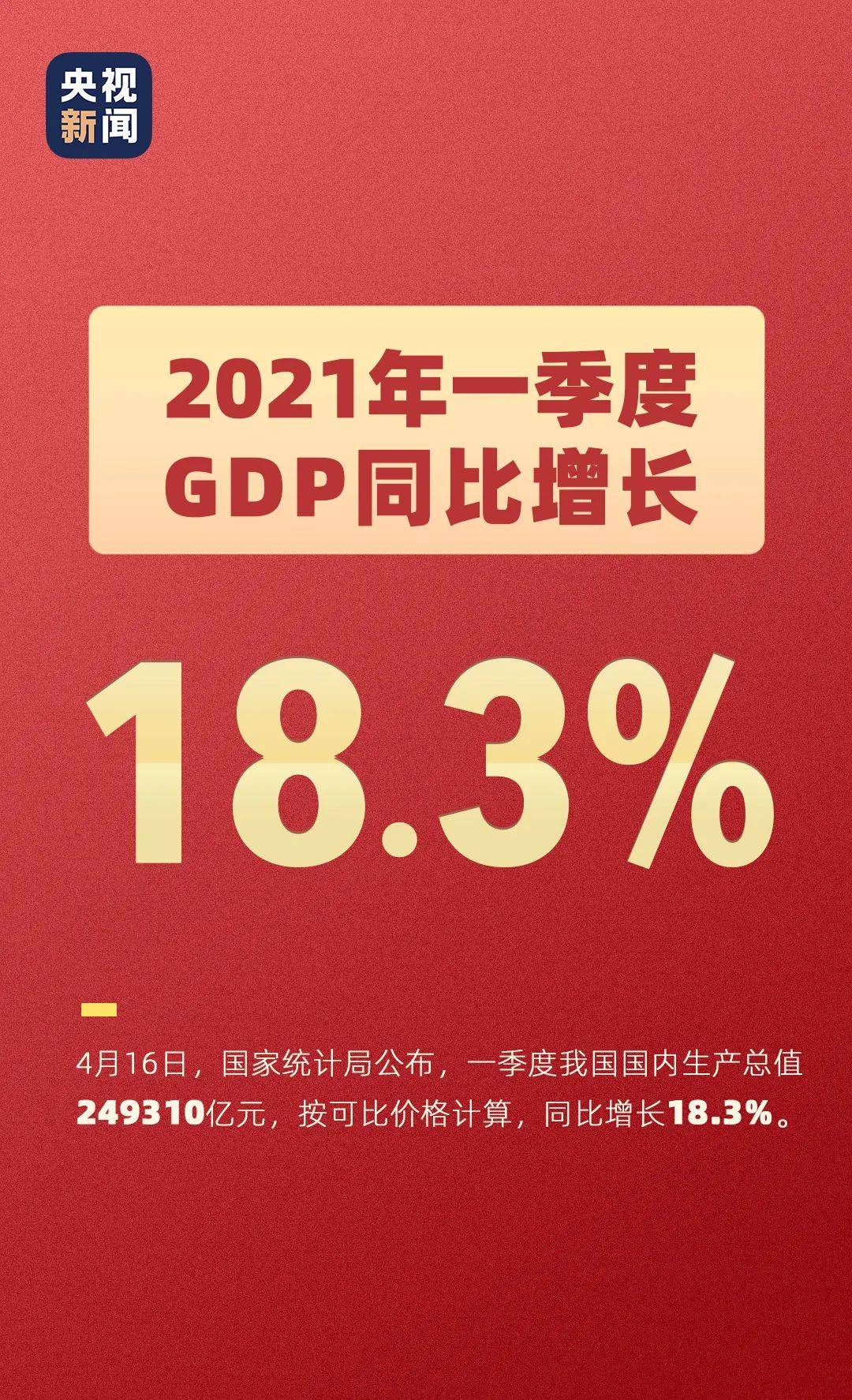 China stock market
China stock market
Compared with the fact that funds frequently experienced explosive products and the fund’s net value repeatedly hit new highs in the previous period, only a quarter has passed, but the investment enthusiasm in the fund market has significantly cooled down. At the same time, due to the impact of market adjustments, the performance of common public funds in the first quarter was not satisfactory. According to data, the overall loss of public funds in the first quarter of 2021 was 210.266 billion yuan, and the total loss of equity funds and hybrid funds was close to 300 billion yuan.
The loss of funds is largely related to the market decline in the first quarter. Among them, the ChiNext Index, the leading index in the A-share market, has experienced the largest cumulative drop of nearly 25% since peaking this year. In addition, the Shanghai Composite Index, which has a high degree of market attention, has the largest cumulative drop of about 10% during the year.
Although the volatility of the market index in the first quarter was great, the degree of market differentiation did not decrease. Even if the market index showed a rapid decline in the first quarter, it was mainly affected by the sharp decline of the White Horse stock. As a white horse stock with a higher market weight, its irrational adjustment trend will definitely have a greater impact on the market index. pressure. However, on the other hand, for the small and medium-sized market capitalization stocks whose growth rate was low in the previous two years, and even far underperformed the market index during the same period, their overall performance this year has not been inferior, and they basically have a certain degree of resilience. This is also the year The manifestation of the serious market differentiation.
While the fund’s performance was poor and the overall loss occurred in the first quarter, the enthusiasm for fund issuance was also largely affected. At the beginning of the year, we also frequently saw the phenomenon of intensive issuance of hot funds, but now, the enthusiasm for fund issuance has dropped to a freezing point.
Faced with the phenomenon that fund issuance has dropped to a freezing point, it is mainly affected by the market environment. In the context of intensive fund issuance and concentrated fundraising in the early stage, in fact, the homogeneity of the overall fund market is still very obvious. Although there is a lot of private capital in the domestic market, the capital is smart and they are willing to find investment channels with profitable effects. Therefore, in the context of intensive fund issuance, it is easier for star funds to complete their fund-raising goals in a short period of time, but for small and medium-sized funds, the task of fundraising is still relatively arduous, and they may even face failures in issuance. risk.
From the historical performance analysis, when the hot funds frequently appear or the average fund position reaches a historical high, this time often indicates that the market may face the risk of adjustment. On the contrary, when funds frequently fail to issue, or when the average fund position declines rapidly, it often indicates that the market adjustment has come to an end.
Judging from the magnitude of the adjustment, many White Horse stocks have generally fallen between 20% and 30%. This level of decline is not low. Relative to the stock price, it has suddenly fallen from the highest position of the bull market to the vicinity of the bull-bear boundary. However, from the analysis of the adjustment cycle, since the adjustment on February 18 this year, the adjustment time of the A-share market has only been 2 months, which is not enough to indicate that the market adjustment has been fully realized. However, judging from the current level of the major market indexes, the technical bear market has not yet been touched, so for the major market indexes, it can still be defined as a bull market.
Since the market operation trend can still be defined as a bull market environment, the adjustment market in the first quarter of this year can be regarded as a mid-term adjustment market under the bull market. However, from the time of adjustment, it seems to be insufficient, and the future market does not rule out that it will complete this turbulent process in the form of time for space.
With the continuous disclosure of the annual report of the A-share market and the quarterly report, the valuation level of the A-share market will also improve to a certain extent. Judging from the financial report data of listed companies in the first quarter of this year, most listed companies have shown their performance pre-happy, which will also add points to the profitability of A-share listed companies this year, and the corresponding valuation pressure will also decrease.
At this stage, the biggest external risk comes from the end of the Fed’s easing cycle or the trend of in-depth adjustments in the US stock market. Internally, there may be concerns about changes in the policy environment, which may affect the high degree of market rebound. However, due to the better domestic economic fundamentals and the strong profitability improvement capabilities of listed companies, under the background of low stock market valuations, the market downside will also be limited. This year, there is a high probability that they will get out of the turbulent market.





























































You must log in to post a comment.